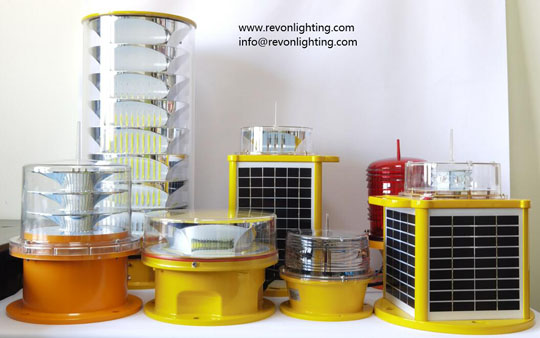In the vast and ever-expanding realm of aviation, the safety of aircraft and passengers remains paramount. To ensure secure navigation through airspace, a complex system of lighting is employed. Among these essential luminaires are aviation light fixtures, which play a vital role in guiding pilots, enhancing visibility, and maintaining safe operations. This article aims to explore the significance and functions of aviation light fixtures in the context of air travel.
The Importance of Aviation Light Fixtures
Aviation light fixtures are critical components of the navigational aids used in airports, helipads, runways, taxiways, and various other aviation infrastructure. These fixtures serve as visual indicators for pilots, helping them identify crucial reference points during takeoff, landing, and ground movements. By providing clear and distinct lighting signals, they contribute significantly to ensuring safe aircraft operations, particularly during low-visibility conditions, adverse weather, or nighttime flights.
Types of Aviation Light Fixtures
Runway Lights: These fixtures are strategically installed along the edges of runways, indicating the boundaries of the runway itself. They guide pilots during takeoff and landing, clearly delineating the usable area and enhancing visibility even in poor weather conditions. Runway lights usually comprise a combination of white and yellow lights arranged in specific patterns, such as threshold lights, edge lights, centerline lights, and touchdown zone lights.
Taxiway Lights: Similar to runway lights, taxiway lights assist pilots in maneuvering aircraft on the ground. These fixtures are typically blue in color and are placed alongside taxiways, aprons, and other designated areas for aircraft movement. Taxiway lights provide pilots with a visual path to safely navigate from one location to another within airports.
Approach Lights: Located near the end of runways, approach lights help guide pilots during the landing phase. They are specifically designed to aid in the transition from instrument flight to visual flight during the final approach. Approach lights vary in configuration, including a combination of white, red, and green lights that are aligned with the runway centerline.
Obstruction Lights: In addition to aiding aircraft operations, aviation light fixtures also include obstruction lights installed on tall structures, such as buildings, towers, cranes, and wind turbines. These lights warn pilots of obstacles that could pose a hazard during flight, signaling their presence clearly and effectively.

Innovation and Advancements in Aviation Lighting
As technology continues to advance, aviation light fixtures have also evolved to meet the demands of modern air travel. One notable advancement is the utilization of Light Emitting Diodes (LEDs) in aviation lighting systems. LEDs offer several advantages over traditional incandescent bulbs, including higher energy efficiency, longer lifespan, and improved visibility. LED-based fixtures are not only environmentally friendly but also provide enhanced illumination and reduced maintenance costs for airports and aviation authorities.
| Aviation Light Fixtures | Aviation Light Fixture |
Conclusion
Aviation light fixtures are crucial elements in the complex tapestry of aviation safety. By providing clear and well-defined visual guidance, these luminaires assist pilots in navigating through airspace, especially during critical phases of flight. With ongoing advancements in technology, aviation lighting systems continue to evolve, incorporating energy-efficient LED technology and sophisticated control systems. As the aviation industry expands and air traffic grows, the constant development and implementation of effective aviation light fixtures will remain vital in ensuring safe and efficient air travel worldwide.